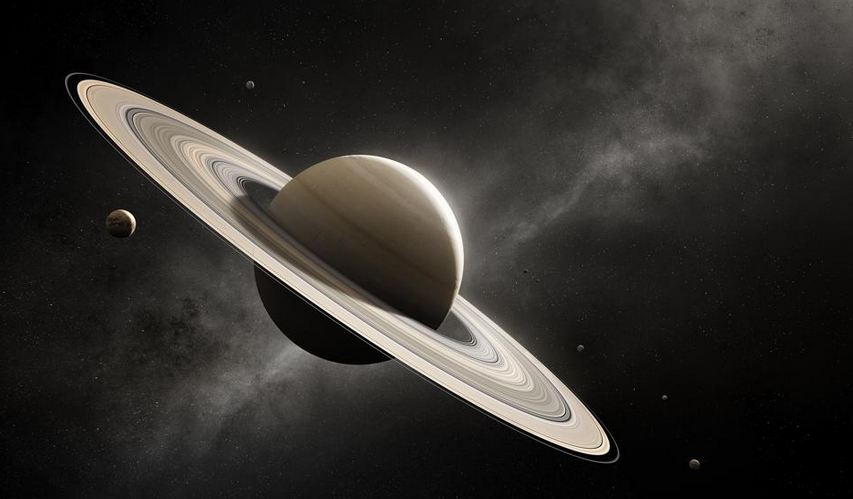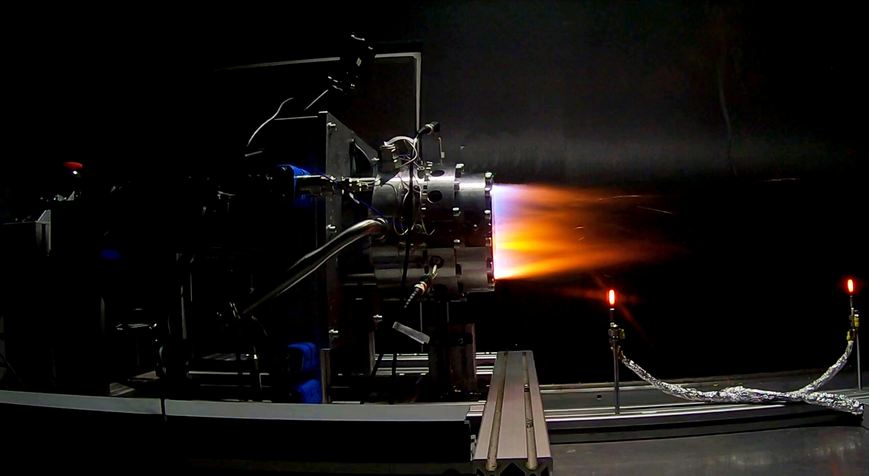Saturn’s icy moon has all the ingredients for life—just not enough to make more than a cosmic snack
Titan’s got lakes. It’s got a thick, nitrogen-rich atmosphere. It’s got organic chemistry happening all over the place. So, why hasn’t it given birth to anything more exciting than a lonely microbe or two?
A new study published in The Planetary Science Journal (April 2025) finally throws cold methane on the dreams of finding complex life on Saturn’s most Earth-like moon. But it’s not all bad news—there’s still a story worth telling, especially if you’re into alien biochemistry and planetary limits.
Let’s cut through the cosmic hype and break down what scientists actually found—and why it matters.
Titan’s Setup Sounds Perfect… Until You Do the Math
Titan is a standout among moons:
-
The only moon with a dense atmosphere (mostly nitrogen).
-
A surface dotted with methane lakes and seas.
-
Signs of liquid water oceans beneath 100+ km of ice.
-
A chemical playground where complex organics form naturally.
Add it up, and it looks like a checklist for alien life. But here’s the catch: life doesn’t just need building blocks. It needs a way to process energy—and that’s where things get tricky.
Fermentation on Titan? Sure—But Don’t Expect a Party
The research team, led by Dr. Antonin Affholder (University of Arizona), modeled a basic form of alien metabolism: fermentation using glycine, an amino acid found on Titan’s surface.
Their premise? If Titan’s primitive life exists, it would likely ferment glycine to survive, just like some early Earth microbes.
The problem: Titan’s glycine can’t reach the ocean in meaningful amounts. It’s trapped on the surface—while the potential habitat is buried 30 to 120 miles below. There’s little chemical exchange between the two layers.
So even in the best-case scenario, the entire ocean could only support about 7.5 kg of carbon-based life—roughly the mass of a well-fed housecat.
Verdict: Titan might host life, but you’d need a microscope and a miracle to find it.
Why Titan Still Matters for the Search for Life
Here’s why scientists still care—even if Titan’s biosphere is smaller than your fridge:
-
It’s chemically rich.
Life doesn’t form out of nothing. Titan shows how prebiotic chemistry works in cold, oxygen-free environments. -
It’s Earth-like in all the weirdest ways.
Titan has weather. It has surface liquids. It has a seasonal cycle. Studying it teaches us how alien climates evolve. -
It reframes habitability.
This study shows that just having organics isn’t enough. You need circulation, access to nutrients, and energy flow—all things we now know to measure on other moons and exoplanets.
FAQ: Titan, Life, and What We Just Learned
Q: Could there still be life on Titan?
Yes—but the amount would be extremely small. Think less “ocean of alien fish,” more “scattered molecules trying their best.”
Q: Why can’t we drill down and check?
That ice shell is up to 200 kilometers thick. We’d need unprecedented tech to even get through it, let alone explore what’s below.
Q: Does this mean Titan is off the list for life?
Nope. It’s still one of the most chemically active moons out there. But the odds just got longer for anything complex.
Q: What’s the next step in exploring Titan?
NASA’s Dragonfly mission, scheduled for 2028, will land a rotorcraft to explore Titan’s surface and atmosphere up close.
It turns out the search for alien life isn’t about where the ingredients are—it’s about how well they mix. And on Titan, it’s like having a five-star pantry with no way to cook.
There might be microbes hiding out down there. But if they exist, they’re keeping a low profile—more carbon trace than ecosystem.












Leave a Reply